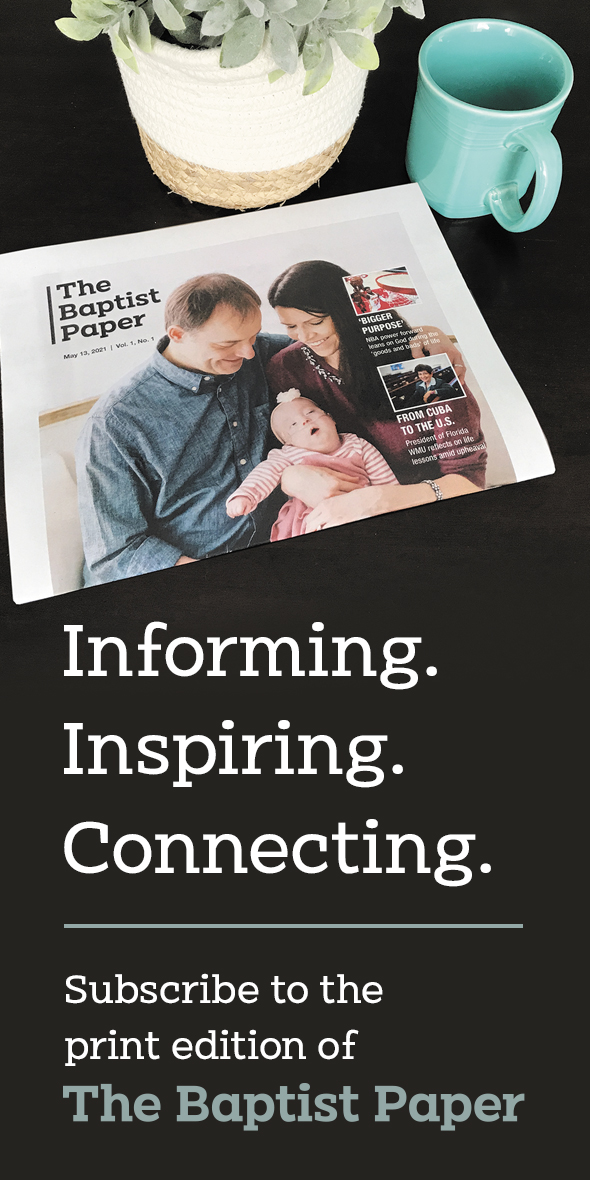CRUCIFIED
Mark 15:24–39
In Western culture we devote more attention to celebrating the birth of Jesus than His crucifixion, yet Jesus entered our experience as a baby that He might become the One who paid the penalty for our sins. As Hebrews 9:22 states, “without the shedding of blood there is no forgiveness.”
Mark describes and interprets the crucifixion of Jesus in light of Psalm 22, including the division of Jesus’ clothes (v. 18), the mocking and head shaking by onlookers (v. 7) and Jesus’ cry of dereliction (v. 1).
Crucified (24–28)
Mark 15:1–2 reminds us that it was not the dregs of society that were responsible for the crucifixion of Jesus. The leadership of the Jews did not often see eye to eye, but the entire religious leadership of the Jews (elders, scribes, the Sanhedrin and chief priests) handed Jesus over to the Romans for crucifixion. The Romans prided themselves on justice. The Romans did not allow their subjected people to practice capital punishment.
The Romans themselves were the only ones who could practice it. At a location named Golgotha (meaning “Place of the Skull”), they crucified Jesus. The very name of the location describes death. The official charge was written on an inscription attached to the cross — “The King of the Jews.” Ironically, the official charge correctly identified Jesus.
While the charge was intended to be ironic, Jesus is indeed King of the Jews as well as the King of all kings. The soldiers gambled for Jesus’ clothes, His only possession. Jesus most likely was crucified naked. Death by crucifixion occurred because of loss of blood, exposure to the elements and exhaustion due to the difficulty of pulling oneself up in order to breathe.
Mocked (29–32)
Mark describes the mocking Jesus experienced by means of the language of Psalm 22. Psalm 22 and Mark 15 share the language of dividing the clothes, the hurling of insults and the sense of forsakenness or abandonment.
The Jewish priests and the Jewish population united in mocking Jesus. The crowds yelled insults and shook their heads. They commanded the One who came to earth to save them to save Himself.
They commanded Him to come down and then they would see and believe. Their reasoning opposed God’s way of working.
Seeing and believing is not God’s pattern. God’s pattern is to believe and then see.
Dead (33–39)
Creation itself seemed to mourn as darkness covered the land from noon until 3 p.m. At numerous points, the Bible describes darkness as a time of judgment. For example, the ninth plague in Exodus was darkness over the land of Egypt (Ex. 10:21–29). When Jesus was born, there was light. When He died, darkness covered the whole land for three hours.
By Mark Rathel
Professor at the Baptist College of Florida in Graceville, Florida










